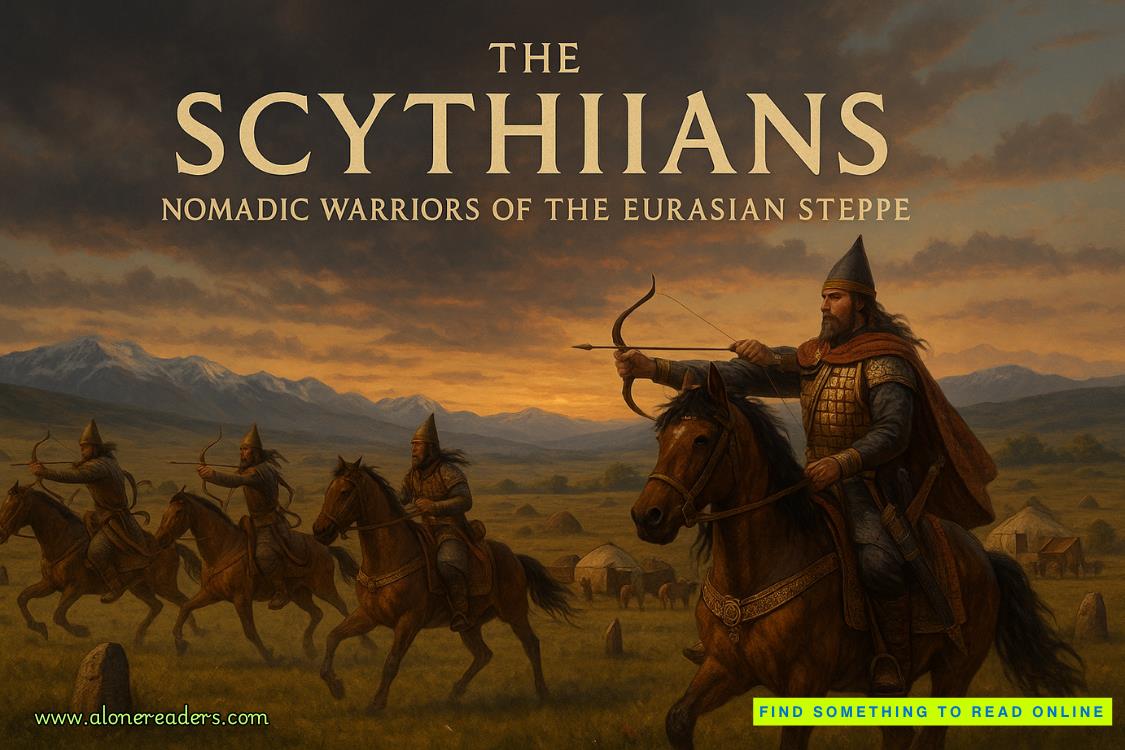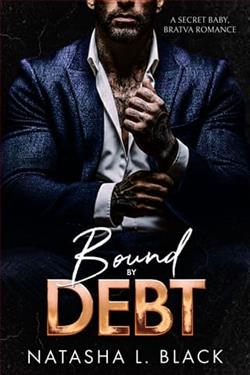Page 85 of The Broken Places
EPILOGUE
Twenty-seven years later
The sheer curtains fluttered in the breeze from the open window at the end of the hall, the scents of rosemary and basil growing in the garden outside tickling Kaison DeMarce’s nose. He glanced back at the piano, the only piece of furniture left in the room. It was scheduled to be moved in the morning. He smiled as he turned toward the window again, swearing he could hear the notes of his mother’s favorite concerto echoing in the air.
Kaison turned and began a slow walk through the rooms of the empty Pacific Heights mansion, which had once belonged to Dr. Alexander Sweeton but had been left to Kaison’s father and Jermain Finchem, the pioneer of the Project Bluebird aftercare-treatment plan, in the wake of the doctor’s death.
Kaison had spent so much of his childhood here, after his parents and the rest of the team had turned the grand house into a respite for those who had recently come through treatment, and he wanted to walk its halls one last time. A sort of closure that made his heart squeeze with nostalgia, and also swell with pride.
He entered the room that he might have called his father’s office if his father had ever sat at a desk long enough to designate it as such. The mahogany desk was still there but would also be moved in themorning, along with the few boxes that held the items that his dad had kept in its drawers.
Kaison used his index finger to lift one of the flaps on a cardboard box sitting atop two others. Inside was a file folder that he recognized, and he pulled it out, setting it on the desk and opening it and then leafing through the newspaper articles and printouts inside. In the wake of Franco Girone’s arrest, his dad had gathered all the publicly available information and kept it here. Kaison had read all this long ago, but he had the inside scoop as well.
Six months after the horrific crime committed by Franco Girone at the church—the one Kaison had only been told about but swore he could picture—his mother had resigned from the SFPD. Kaison could only imagine how the stress of covering up the scope of Dr. Sweeton’s project had weighed heavily, especially since Franco Girone was all too willing to describe where he’d come up with his own evil plot.
All evidence, however, pointed to Franco’s statement being the ravings of a madman who’d attended one of Dr. Sweeton’s talks and hatched wild ideas based on his own sick fantasies.
Yes, Dr. Sweeton had dabbled in the use of hallucinogens in treatment of his patients suffering from PTSD, and perhaps, had he survived, the medical board would have reviewed his license. But the doctor was gone, and his patients had nothing but praise for him, and so that door had been shut. If Dr. Sweeton had been performing an experimental—not to mention illegal and unethical—treatment on vulnerable victims of abuse for almost two decades, certainly one of them would have come forward to verify such an implausible claim. But no one had, not a single soul.
Kaison flipped one page and then another, his gaze moving over the dated articles, musing about how much of this story was missing. But he’d lived it. He knew.
His mother had begun managing an in-house art program within these very walls while she was pregnant with him. And in what his father described as a beautiful twist, when Lennon had told his grandparentsand his uncle Peter about Project Bluebird, they’d clamored to be involved.
The fact that they’d had the courage to move forward with Project Bluebird, even after the vicious way Franco Girone had used for evil what Dr. Sweeton had meant for good, was a testament to the team’s belief in the work. And they’d been right. So many thousands of lives saved since then, so many cycles broken.
He’d heard Franco Girone had died in prison a few years before. Kaison didn’t exactly feel glad about it, but ... when he envisioned the way Girone had attempted to summon evil but failed to inspire the mass violence and pandemonium he’d counted on, a chill still engulfed him. And so no, he didn’t feel glad, but he didn’t feel sympathy for the man either. Because of him, eighteen innocent people had died. Dr. Sweeton had ensured twelve of them died fighting, and the other six had been shot by police when they’d gone to attack.
The other thirty-two people who had eaten the mints had been saved by three miniature bottles of antidote and the three people administering it, with dozens more souls remaining beside those who were suffering, even though it would have been far easier and less terrifying to run. And by the beautiful music that had found them in their nightmare and helped them hold on.
Kaison was well acquainted with every aspect of the crime, both the lead-up and the aftermath. It was imperative that they all understood what had happened, and how to ensure it never did again.
After Dr. Sweeton’s death, when the team had restarted the project with Dr. Clayton Contiss at the helm, they’d had to be supremely careful. No one knew better than they did that the project was vulnerable and that the smallest mistake or impropriety could risk not only the treatment they performed but real human lives. Kaison’s uncle, Peter, had been instrumental in helping them set up a protected system where they could store necessary data, analyze gaps in security, both technical and otherwise, and create an incident plan in which they could act immediately to an outside—or inside—threat. It was a simple realitythat they took the strictest precautions possible while their operation was still outside the bounds of the law. If any positive at all had come from what Girone had achieved, it was that they’d identified the areas susceptible to a breach.
But it’d also helped them realize that, despite the very serious risks, they were all still committed.
Kaison shut the folder and stuffed it back in the box. All that was ancient history.
So much had changed since then. Laws had been passed. Breakthroughs had been made. Their protocol had been updated with the times. They were now able to operate within the bounds of the law.
Mostly.
He left the office, smiling as he caught a glimpse of the back drive, flanked on both sides by privacy hedges. Originally, the team had brought people in covertly through the hidden drive so as not to alert neighbors. And though the location required using extra vigilance, the beautiful, serene mansion on the hill was too perfect not to use to help people who had once been victims begin to heal.
When he reached the back of the house, he opened the french doors to the backyard, where the garden still flourished. He pictured his grandma puttering through the rows, teaching horticulture and herbal remedies to once-traumatized people. He had a specific memory from when he was about sixteen of her kneeling next to a young woman who’d been walking the streets only weeks before, the teenager—not much older than him at the time—up to her elbows in the dirt, with this look of stark childlike wonder on her face.
God, they’d changed so many lives for the better.
Kaison pulled the doors closed and turned toward the kitchen, walking through the massive room where he and his sister had nabbed chocolate chip cookies fresh from the oven when they could barelyreach the counter and, later, where they’d helped prepare meals for those who had just arrived from treatment.
There was joy in these rooms.
Purpose.
Healing.
Love. Not only for the work they did but for the individuals they served. The ones who then went on to serve others. A network of healed people that multiplied and expanded in ways they couldn’t even begin to measure. The thousands of individuals who had been released from the tethers of their trauma now worked in positions all over the city and the world. Initially, those who had completed the treatment helped ensure the project continued and operated successfully under the radar. Then they’d worked to lobby for changes in laws. And now they helped advocate for the treatment by raising awareness and training others. Since Dr. Sweeton’s death, whole areas of study had been added to universities and medical schools. There were opportunities for grants and other fundraising programs. Studies were being published in medical journals, and clinics were now using the same methods Dr. Sweeton had employed.
Kaison had graduated from just such a medical school that afternoon. He still had many years of study in front of him ... a residency, his licensing exam ... but he was so proud and excited to be one step closer to being an integral part of a trauma-treatment team that was based on the work of what had once been known as Project Bluebird.















